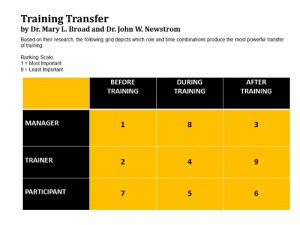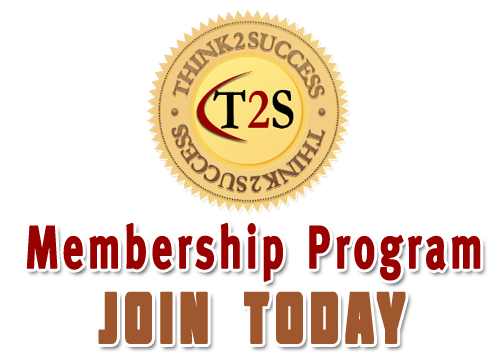
Build program credibility, retain your best trainers, and increase the ability to measure the impact of your training program by eliminating these way-too-common barriers to success.
 “We’re tired of being treated like order takers.”
“We’re tired of being treated like order takers.”
“We’re working hard and still experiencing cuts in budget, staff, and resources.”
“We’re burning out from teaching so many courses back-to-back?”
Sound familiar?
Throughout 2015, we asked training professionals to identify the top challenge they experience at work. A review of 973 responses revealed these and several other complaints which represent the top 5 barriers to their success. Guess what?
Every last one of them is a management issue.
So here you go training managers – here are your staff’s top 5 complaints. Don’t worry, we don’t leave you hanging. We also provide a fast-acting recommendation to resolve each one.
1. Lack of Communication
A continuous lack of response from clients, slow decision-making by leaders, and failing to keep the staff updated is completely ticking your trainers off.
Recommended Management Solution:
Make enhancing communication your number #1 priority. Do this by:
- Using brainstorming to get a list of communication gaps from the team.
- Prioritizing the list.
- Systematically working the list until each complaint is resolved.
2. Lack of a Needs Analysis
Constantly putting out fires combined with never investing the time or resources to determine the root cause of client problems is driving your trainers nuts.
Recommended Management Solution:
Clients absolutely loathe uncertainty, and the most effective way to gain buy-in is to conduct a needs assessment and do it fast. But don’t call it a needs assessment with your internal business partners. Call it a gap analysis. I reveal the 4 questions we use to differentiate between a symptom and a root cause in this article.
3. No Alignment of Training to Organizational Goals
Comments such as, “We don’t understand the big picture,” “Our business partners don’t agree with each other let alone with us,” and “We’re constantly chasing moving targets from our clients” reveal a cry for help from trainers.
Recommended Management Solution:
Your job as manager is to educate your staff and minimize the craziness caused by inconsistency in your organization. Start by always aligning every training intervention with a metric that matters to the organization. A metric that matters is one managers are asked about and held accountable to every week.
4. Failing to Obtain Client Buy-In
We just cringed when we read comments such as, “We don’t have a voice with our clients” and “Managers of trainees don’t attend the training nor do they support the training after it is delivered.”
Recommended Management Solution:
Getting client buy-in before and after a training initiative are the two most critical tasks in the training life-cycle process. We always teach trainers and their managers the roles and time combinations associated with maximum transfer of training that was developed by Mary Broad and John Newstrom.
5. Poorly Managed Change
The consistent comment in the responses was “We’re managing project changes made ‘on the fly’ by the client”. Unfortunately that approach is a guaranteed way to exceed budgets, miss timelines, and destroy credibility.
Recommended Management Solution:
Click here to download our free tool which provides the EXACT steps we use to:
- Determine, in as little as 5 minutes, if training is the right solution for any problem
- Get answers to the 6 questions every manager of a change initiative must ask for the change initiative to be successful
- Develop a high level rapid needs assessment process map in as little as 15 minutes
CONCLUSION
Most training professionals were not trained on the key concepts of adult learning or training design, so it’s no surprise these challenges are widespread throughout the training profession. By attacking these challenges using the recommendations provided, training leaders will take a giant leap forward in reducing staff frustration while significantly increasing their training program’s overall effectiveness.
What other tips and strategies have you used to address these top 5 barriers to success? Share them in the comments below.
For more practical tips and strategies for delivering training that positively impacts the bottom line, subscribe to this blog, explore more of this website, and follow me on social media (Twitter, LinkedIn, YouTube, Instagram, and Facebook). By doing so, you will have access to daily inspirational and motivational quotes that will drive your success trajectory upward. So don’t delay, follow me and think yourself to success today!



